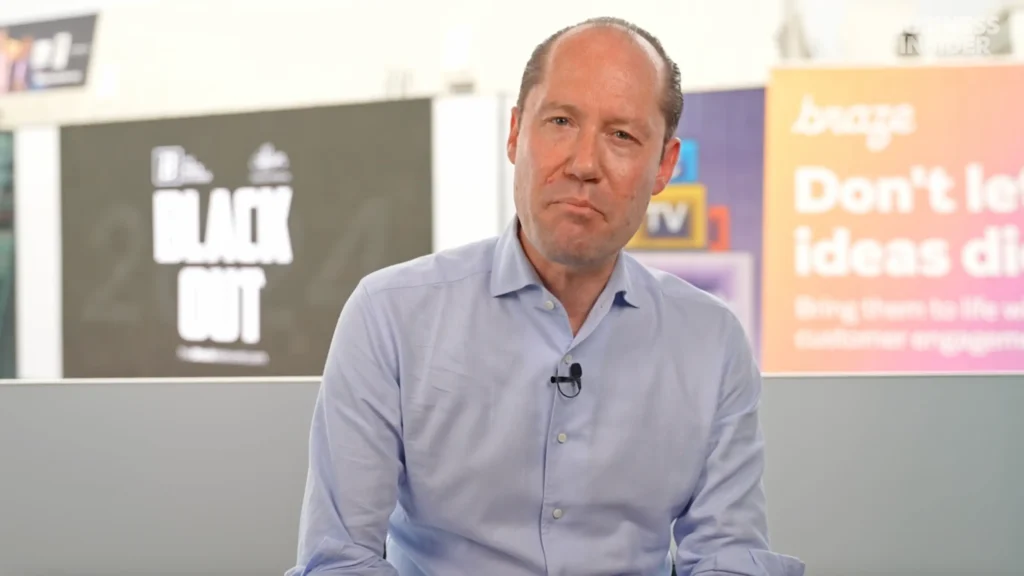Allison Krinsky is an excellent example of how the tech industry is changing and how real-world experience is becoming more important than following standard academic routes. As a result of not majoring in specialist AI, Krinsky entered the field of informatics after graduating from the University of Washington in 2022. This is typical of educational institutions nowadays, as specialized AI programs are still developing.
Despite the absence of a specific AI focus in her undergraduate studies, Krinsky leveraged her foundational education in informatics to pivot towards data science roles, eventually landing a position as a data scientist at JPMorgan. Her career path underscores a critical point in the tech industry: that majors like computer science, mathematics, information sciences, and data science serve as viable entry points into AI-related careers. These disciplines provide the necessary theoretical grounding and technical skills that are essential for roles involving AI and machine learning.
Krinsky’s pivotal moment came during her time at a research lab, where she immersed herself in practical projects that significantly bolstered her skill set. In this environment, she gained hands-on experience building models, managing databases, and tackling real-world data challenges. This practical exposure not only deepened her understanding of AI applications but also equipped her with the problem-solving abilities that are highly valued in the industry.
During her job interviews, Krinsky found that employers were particularly interested in hearing about the projects she had undertaken. This experience-based approach to recruitment underscores a broader trend in the tech sector, where demonstrated skills and practical achievements often outweigh formal qualifications alone. This is especially true in AI, where employers seek candidates who can not only understand complex algorithms but also apply them effectively to real-world problems.
Krinsky’s advice to aspiring AI professionals emphasizes the importance of hands-on projects outside of formal education. She advocates for building personal projects that showcase practical skills and creativity, such as developing AI-driven systems like travel recommendation engines or sentiment analysis models. These projects not only demonstrate technical proficiency but also highlight the ability to innovate and apply AI techniques to diverse domains.
For instance, a travel recommendation system powered by large language models can be tailored to provide personalized travel suggestions based on user preferences and historical data. This project involves techniques like prompt engineering, retrieval augmented generation, or fine-tuning models to enhance accuracy and relevance. Such initiatives not only deepen one’s technical expertise but also showcase problem-solving abilities and innovation in AI application.
In sentiment analysis, Krinsky explains the process of using natural language processing (NLP) to extract sentiments from textual data, categorizing them into positive or negative sentiments. This capability is invaluable for applications in financial analysis, customer feedback analysis, and market sentiment monitoring. By developing a sentiment classification system, aspiring AI professionals can demonstrate proficiency in NLP techniques and their practical implications in business and decision-making contexts.
Krinsky also suggests exploring projects in image recognition or computer vision, where developers train models to identify objects and patterns in images using neural networks. This hands-on approach helps in understanding the fundamentals of AI models and their applications in visual data analysis, which are increasingly crucial in fields like autonomous vehicles, healthcare diagnostics, and augmented reality.
According to Krinsky, these projects typically span one to three months, depending on the complexity and the individual’s level of expertise. They involve phases such as data collection, preprocessing, model building, training, evaluation, and iterative refinement. Documenting the project process and outcomes through reports or presentations is essential, as it demonstrates not only technical skills but also the ability to communicate complex concepts effectively.
In the competitive landscape of AI careers, Krinsky advises staying abreast of industry trends and emerging technologies. Continuous learning through online courses, workshops, and participation in AI communities can provide valuable insights, networking opportunities, and exposure to cutting-edge developments in the field.
While formal education in AI is increasingly available through specialized programs and courses, Krinsky highlights that practical experience and demonstrated skills often carry more weight in job applications. Employers value candidates who can showcase tangible contributions and innovations through personal projects, internships, or research initiatives.
Krinsky’s professional path is evidence of the value of effort, ongoing education, and a proactive mindset when navigating the ever-evolving artificial intelligence space. Her story highlights the need of practical experience and hands-on initiatives in addition to formal education in building the necessary foundations for success in AI careers in today’s tech-driven environment.
If you like the article please follow on THE UBJ.
